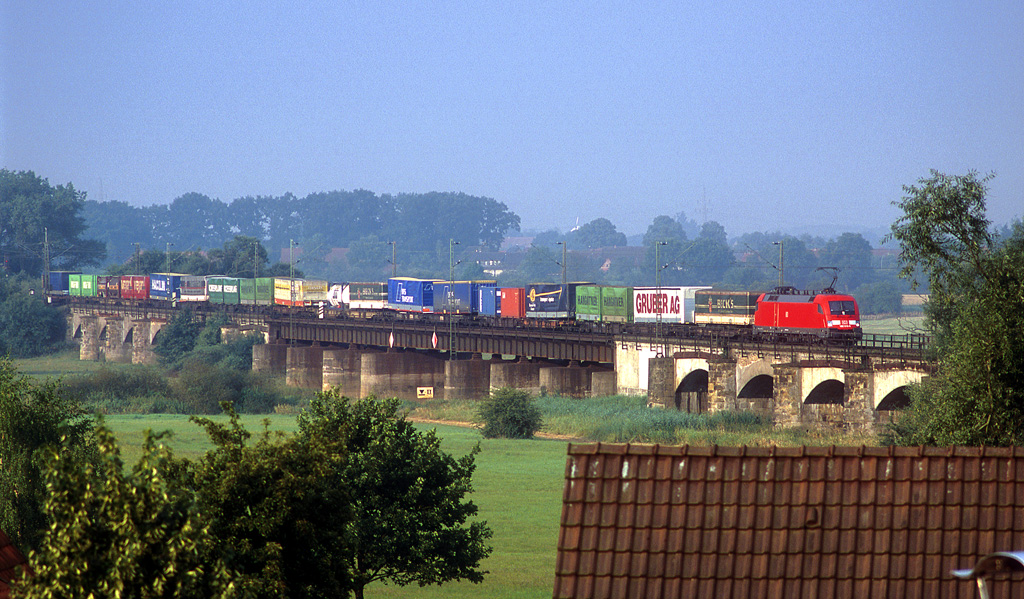|
The Marco Polo Programme
-Written by
Henri Verploegen
Every day the roads in Europe getting busier and busier, more and more trucks are travelling around Europe to move
things from one place to the other. Road transport is by far the most efficient, cheapest and fastest way of transporting
goods on short distance. But what if the distances are getting bigger? Are there maybe other modes of transport usable? Why
are we stocked to road transport? What is it that shippers keep choosing road transport, what stops them form choosing other
modes of transport to bring their goods from one place to the other? This question also rises at the EU parliament. In 2003
they started a project called “The Marco Polo Project”. The goal of this project is to support logistical service
providers to make the way of transport environmental friendly at to stimulate them to make more use of alternative ways of
transport (European Commission, 2008).
The
Marco Polo Project (from now on called The MP Project) is an European project and is leaded and financial supported by the
European Commission, so every member of the EU can take part in the project. The MP Project consist of two parts MP I en MP
II. MP I has been started in 2003 and ended in 2006. Because of the great success and of MP I the EU decided in 2006 that
they extend the project with MP II. This second part of The MP project will start in 2007 and end in 2013 and will get a financial
support of 400mln Euro. The European Commission things said that every invested Euro will be worth € 6,= when the project
is working (Justitie binnenlandse zaken, 2006) .

Every company
within the EU can take part at the Marco Polo Project. Companies who want to take part have to hand in a proposal in which
they explain what they will improve, what the benefits of their project are how they want to achieve this. In every country
the European Commision has an office which collects those proposals controls and evaluate them, the best proposals are send
to the European Commision they evalutae them again and then choose which project will be supported by the EU and become a
member of the Marco Polo Project. Every year somewhere between 14 and 20 project get EU support this depends on how much proposals
are hand in and the value of the project (European Commission, 2008).
|

